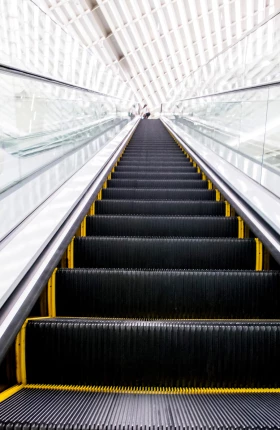In the past, retailers typically organized themselves by function and category. Functions such as marketing, category management, retail, online, customer relationship management, real estate, and logistics were solely responsible for the decisions made within their silos. Few companies thought about the customer experience as an integrated whole.
More on Retail 2020
-
The New, Customer-Centric Retail Model
According to BCG's Retail 2020 report, today's forward-looking retailers are augmenting this model by segmenting consumers on the basis of their shopping habits and spending levels, and ensuring their organizations are hard-wired to meet the needs of their highest-value customers. This customer-centric model is critical now that buyers have become more powerful and discriminating.
Here's how this new customer focus is changing how retailers think of their business:
- Assortment. Instead of making assumptions about what products customers want on the basis of space and inventory turns, retailers are doing a detailed analysis of what products each segment is buying. This enhanced knowledge helps companies refine how they plan and allocate their merchandise to stores and channels, so they can optimize their assortments and layouts accordingly.
- Advertising and Marketing. Instead of making decisions driven by the general effectiveness of marketing and advertising, retailers are analyzing the impact of campaigns on key consumer segments and then communicating with different segments in tailored ways.
- Promotions. Instead of aiming promotions at general consumer segments, which can encourage cherry-picking, companies are using them to increase the spending and loyalty of higher-value customers.
- Loyalty Programs and Communications. Instead of designing these programs to maximize penetration and adoption of the loyalty card, retailers are using the data they generate to better serve their core, high-value customers—and recruit more of them.
- Shopping Experience (Store Design, Signage, and Interaction). Retailers are explicitly tailoring their stores and websites to improve the shopping experience of their target consumers. And as new fulfillment models emerge, retailers are rethinking the role of stores more broadly.
- Multichannel Touch Points. Retailers are eliminating the organizational, operational, and technical barriers that impede customer service and moving to more shopper-centric ways of working, although much room for improvement remains.





